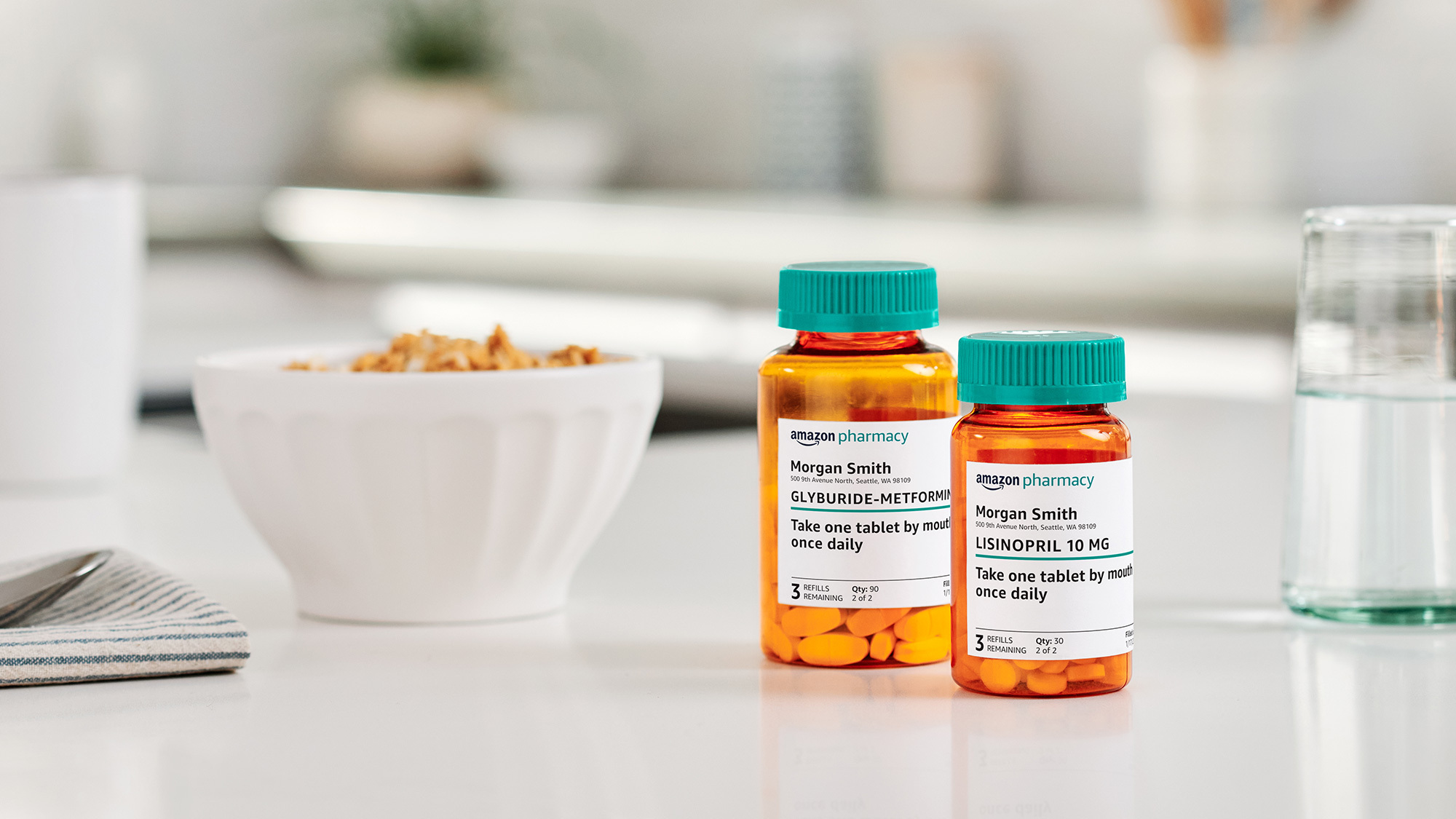Same-day online prescriptions have transformed healthcare accessibility for patients with urgent medical needs. These services connect patients with licensed healthcare providers through virtual consultations, enabling quick assessment and treatment recommendations without physical office visits. The streamlined process helps address time-sensitive conditions while reducing unnecessary emergency room visits. NextClinic has revolutionised how patients obtain prescriptions online, offering convenient access to healthcare providers who can evaluate symptoms, make diagnoses, and prescribe appropriate medications within hours. This innovation proves particularly valuable for those with mobility limitations, tight schedules, or those living in rural areas with limited healthcare access.
How does virtual care work?
The process of obtaining same-day prescriptions through telehealth platforms follows a straightforward pathway. Patients typically begin by creating an account and completing a health questionnaire that details their medical history, symptoms, and medications. This information helps providers conduct efficient consultations while maintaining appropriate medical standards. Virtual consultations usually occur through secure video calls, though some platforms also offer phone or messaging options depending on patient preference and technical capabilities. During these appointments, healthcare providers evaluate symptoms, ask clarifying questions, and determine appropriate treatment approaches. The process typically takes 15-30 minutes, significantly faster than most in-person appointments.
Medication limitations
While same-day prescriptions online services offer tremendous convenience, specific medication categories remain unavailable through virtual platforms. These restrictions exist to maintain patient safety and comply with federal regulations governing controlled substances and medications with high abuse potential. Most platforms cannot prescribe controlled substances like opioid pain relievers, benzodiazepines, or stimulants used for ADHD. Additionally, medications requiring physical examinations or regular monitoring through blood tests may not be suitable for virtual prescription. Patients should verify whether their needed medications fall within telehealth prescribing capabilities before scheduling appointments.
Insurance and payment options
The financial aspects of virtual prescriptions vary across platforms and insurance providers:
- Many major insurance plans now cover telehealth consultations
- Medicare and Medicaid have expanded telehealth coverage
- Cash-pay options typically range from $50-150 per consultation
- Subscription models offer reduced per-visit costs for frequent users
- Prescription discount programs can reduce medication costs
Patients should verify coverage before scheduling appointments as policies continue evolving as telehealth becomes increasingly mainstream. Many platforms provide transparent pricing information and insurance verification tools to help patients understand potential costs before committing to consultations.
Privacy and security
Telehealth platforms prioritise patient confidentiality through comprehensive security measures that protect sensitive medical information. These systems implement encryption protocols that secure all communications between patients and providers, preventing unauthorised access to personal health details and consultation content. Medical records generated during virtual visits receive the same privacy protections as traditional healthcare settings under HIPAA regulations. Reputable telehealth services maintain strict data storage policies, limiting access to authorised healthcare team members directly involved in patient care.
These protections ensure that convenient access to healthcare doesn’t compromise patient privacy. Health technology continues to provide new opportunities for patients seeking urgent care solutions. Same-day prescription services demonstrate how digital innovation can address longstanding healthcare barriers while maintaining clinical standards. Patients are increasingly gaining seamless access to high-quality care as these platforms adapt to their lifestyles and medical requirements.


